10 Major Foodborne Illnesses Around The World (Slideshow)
At a village Buddhist festival in Thailand in 2006, 152 of 170 people who attended were infected with botulism — a rare foodborne disease that paralyzes the body — after eating locally-made bamboo shoots at the festival. One hundred of the people infected were hospitalized and 40 required respirators to breathe.
Campylobacteriosis from Poultry Liver — Australia
Food poisoning from Campylobacter — a bacteria present on raw meats that is killed when the meat is cooked all the way through — is the most common cause of gastrointestinal infection in Australia. From 2000 to 2012, there have been seven recorded campylobacteriosis outbreaks from the consumption of poultry liver dishes — five from chicken liver dishes and two from duck liver dishes that were not cooked all the way through.
Cholera from Water Contamination — Haiti
Within a year after the catastrophic earthquake in Haiti, a cholera outbreak hit the country, so far infecting more than 600,000 people and killing more than 8,000, making it the worst cholera outbreak in the world. The disease, which originated from contamination by human waste of the country's main water source, causes severe watery diarrhea and dehydration.
‘Atypical Pneumonia’ from Colza Oil — Spain
Thirty-three years ago in Spain, 25,000 people fell severely ill, some permanently disabled, and 1,000 died in a foodborne outbreak caused by the consumption of poisoned cooking oil — Spanish colza oil that is made from the seeds of the rape plant. Doctors called the disease "atypical pneumonia," which presented flu-like symptoms including fever, vomiting, naseua, and breathing difficulties as well as fluid buildup in the lungs, skin rashes, and muscle pain.
E. coli from Fenugreek Sprouts — Germany
An E. coli outbreak in Germany in 2011 was the country's biggest foodborne bacterial outbreak in six centuries. The disease, which lives in the intestines of people and animals and results in severe diarrhea, caused more than 3,100 cases of diarrhea, more than 850 cases of hemolytic uremic syndrome (HUS) — a condition that can lead to kidney failure — and 53 deaths.
Hepatitis A from Green Onions — United States
In 2003, green onions prepared at a Monaca, Pa. restaurant in the United States infected 555 people, including at least 13 employees of the restaurant, with hepatitis A, a liver disease caused by food or water contamination. Three people died from the disease.
Listeriosis from Meat Products — Canada
A 2008 listeriosis outbreak in Canada that left 22 dead was found to be linked to Maple Leaf Foods meat products, notably roast beef and corned beef. Listeriosis results from eating foods contaminated with harmful bacteria and can lead to a number of symptoms, including fever and muscle aches. Thirty-three listeria cases across the country were linked to the outbreak, which resulted in Maple Leaf Foods temporarily recalling all 220 food items produced at its plant.
Melamine Poisoning from Milk Powder — China
More than 90,000 individuals in China, notably infants, were poisoned from contamination in baby milk powder products as well as liquid milk and egg products — a discovery made in 2008. The cause of the poisoning was a harmful compound called melamine, which can cause kidney stones and other serious conditions. In addition to the thousands of illnesses, four infants died from the melamine poisoning.
Methylmercury Poisoning from Wheat — Iraq
Bread and other wheat-based foods poisoned about 1,000 people, with 370 hospitalized, in Iraq in 1960. The epidemic was caused by a methylmercury fungicide, which is used to treat wheat before it's distributed to farmers. Methylmercury can damage the nervous system, causing blindness, loss of hearing, slurred speech, and other conditions.
Salmonella from Bean Sprouts — United Kingdom
Between August and November of 2010, there were 231 cases of salmonella — a foodborne bacterial infection that can cause diarrhea, fever, and abdominal cramps — in the United Kingdom. The outbreak was caused by bean sprouts, which can be harmful if they aren't cooked correctly.
